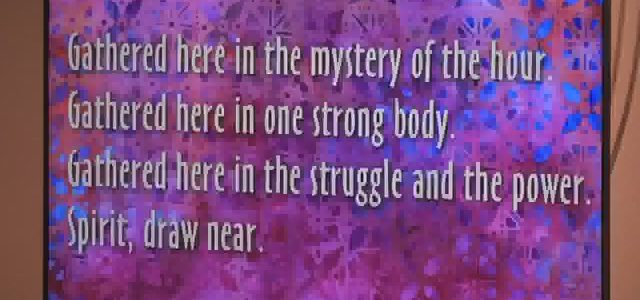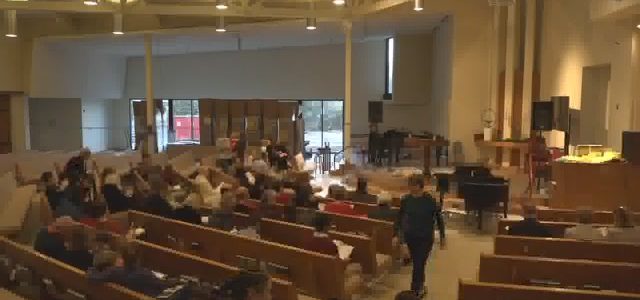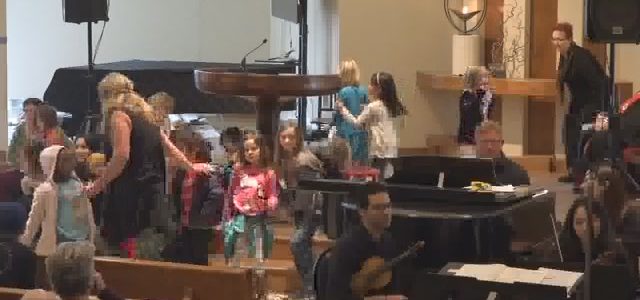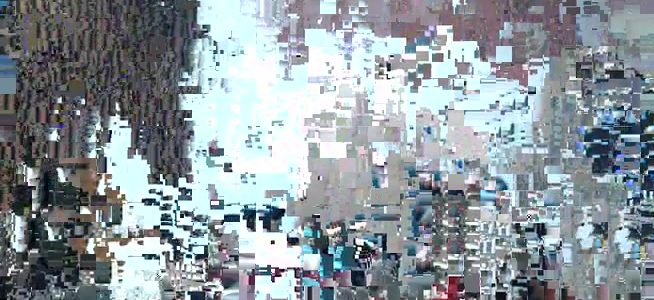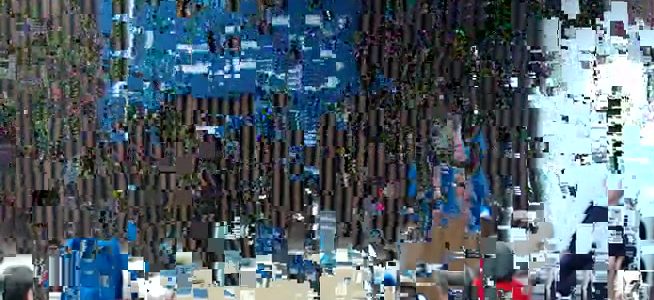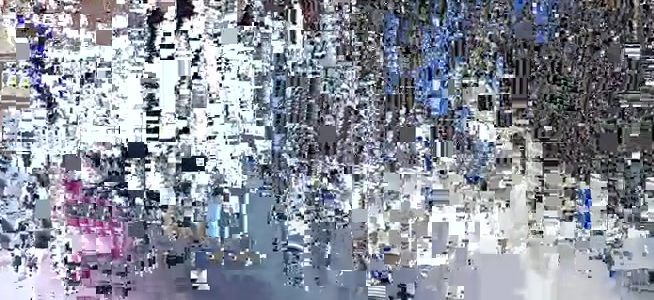Podcast: Play in new window | Download
Rev. Chris Jimmerson
December 30, 2018
First UU Church of Austin
4700 Grover Ave., Austin, TX 78756
austinuu.org
As we close out this year and look forward to the new year, the mystery and uncertainty of what is to come also opens up almost unlimited possibilities and creative potential.
All of this month of December, our faith development/religious eduction activities have focused on mystery.
What does it mean to be a people of mystery?
For a faith tradition such as ours, wherein both our Universalist and Unitarian forebears were the heretics, the questioners, the embracers of mystery and questions more profound than answers, I think this is a great topic for us to be exploring.
What does it mean to be a people of mystery?
And I think that exploring mystery and uncertainty can drive both a sense of humility and a sense of increased spirituality – humility over the enormity of what we do not yet know, some of which lies beyond the current tools available to us through science humility when we consider what a tiny part of the vastness of our universe we are; that our lives are but a blip in the magnificence of eternity.
And yet I also find a sense of the spiritual in knowing that we are a part of and integrally interconnected with that great vastness, that eternal movement of time, that sacred web of all existence.
And grounded in that sense of humility, embracing that we exist in uncertainty, diving into all that still remains mysterious to us, I think opens up the possibility of almost limitless exploration, creative opportunity and both personal and societal transformation.
I want to share with you how Neuroscientist and author David Eagleman expresses this need to embrace uncertainty, mystery and what we do not know.
Eagleman video
Given the enormity of what we do not know, Eagleman goes on to talk about his discomfort with the duality going on in the debate between the so called “new atheists” and religious fundamentalists. He says that we know far too little to rule out the possibility of God with such certainty, and we know far too much to believe any of the world’s religious stories so literally.
Now, whether or not you agree with him, he holds out the prospect that if we let go of the either/or thinking, and, like when science does not yet have the tools for measuring and observing certain phenomenon and must therefor hold multiple hypothesis at once, if we open ourselves to exploring the multitude of possibilities between these two extremes, we may find new opportunities for spiritual creativity and growth.
He calls this possibilianism, a sort of mysticism rooted in reason and the scientific method – more on that later.
Speaking of mysticism, I looked back at some research I did for a sermon on the subject a couple of years back and was reminded that mystic sects have developed within all of the world’s major religions.
These are people who, depending upon their individual belief systems, have found that God or the Divine or enlightenment or nirvana or a sense of transcendence or an experience of the holy or peak experiences – these were to be found by embracing uncertainty, diving into mystery.
Even non-theistic humanists and scientific naturalists have folks who find a sense of awe and wonder, connection to something larger than themselves by staring up at the vastness of the stars at night or marveling at the beauty of a sunset.
And I have found this embracing of the unknown quite comforting as we move through all of the uncertainty generated by our construction and renovation process.
In fact, I wrote us a call and response liturgy to help us embrace the uncertainty. You do not need anything in writing because it is very simple. I will speak, and then when I gesture toward you, please say with me, “It’s a mystery”.
It’s more fun if we say it like that — like my South East Texas relatives would, “It’s a mystruy”.
OK, ready?
I wonder when we’ll get to use the new area of the sanctuary? It’s a mystery.
I wonder when the new kitchen will open? It’s a mystery.
I wonder when we’ll get our parking back? It’s a mystery.
I wonder when we will lose the use of Howson Hall for a bit? It’s a mystery.
The staff offices? It’s a mystery.
The classrooms? It’s a mystery.
All together three times now. It’s a mystery. It’s a mystery. It’s a mystery.
OK, I do not exactly experience God or anything in that, but surrendering to the uncertainty does relieve some anxiety and I have a growing sense of excitement about the creative possibilities for growing our church and our faith that this time of uncertainty will eventually create for us.
So let us embrace uncertainty and the vast mysteriousness within which we dwell, For the Israelites of biblical times, the mysteriousness of God was considered so vast and beyond human comprehension that even his name was beyond human ability to pronounce correctly. Even trying to say his name was blasphemy and could get you stoned to death by your neighbors.
Well, your male neighbors as women were not allowed to participate in anything like stonings.
Except in the imaginings of Monty Python that is.
Python Video
A humorous illustration of why Eagleman says we know too much to take ancient scriptures literally.
So, mystery and uncertainty are a part of life whether we like it or not. Yet, they can also be, when we are willing to embrace the uncertainty, to swim in the mystery for a while, a powerful source of awe and wonder and creative possibilities. Mystery can stimulate transcendent experience and lead to spiritual transformation.
I’d like to share with you just a part of author and world traveler Pico lyer’s talk, which he titled, “The Beauty of What We will Never Know”.
VIDEO
I loved the image of the Dali Lama having the wisdom to say, “I don’t know” when that is the simple truth. What powerful modeling of the wisdom to be found in a little humility in the face of circumstances for which we cannot have certainty.
And I loved the quote, “the opposite of knowledge …isn’t always ignorance. It can be wonder. Or mystery, Possibility” and his observation that it is often the things we don’t know that push us forward even more more than the things we do.
Later in that same talk, Iver also observes that mystery is a source of intimacy in our personal relationships – that we cannot ever know everything about those whom we love and that is actually a wonderful wellspring of continued growth and deepening of our relationships.
I certainly have experienced this with my spouse Wayne, Even after 27 years, we still have more mystery in one another to explore. He still surprises me sometimes. We still have more to learn about one another.
And even if it were some how possible to learn everything there is to know about someone else, which it isn’t because we will never have the same lived experience, even if it were possible, they would still be growing and evolving and changing.
So the Wayne I met all those years ago and the Wayne I talked with over coffee before leaving the house this morning are not the same. And the Wayne I will meet for lunch later will not be exactly the same as the Wayne I was with this morning.
We are always in a process of becoming with each experience and each passing moment, and for Wayne and I that has driven an abiding and ever deepening love and intimacy and an enchantment with the ever unfolding mysteries of one another.
And so Iver says it is with our human relationships and our broader human lives and spirituality – the mystery creates almost unlimited possibilities and creative potential.
I agree with him, and that brings me back to David Eagleman’s possibilianism that I mentioned earlier and called a sort of mysticism rooted in reason and the scientific method,
Possibilianism says that we cannot claim certainty over that for which we have no way of being certain – the existence or none existence of God; even how we might conceive of such; how we find meaning; our place within this vast universe.
Possibilianism requires that we be open to ideas that we don’t have any way of testing right now, be open to new, previously unconsidered possibilities and be comfortable holding multiple ideas in mind all at once.
It also requires, though, that we apply reason to these ideas and when possible test them with scientific methods.
I think it is also important to note that this is not agnosticism, a sort of passive response to questions we cannot answer, but rather an active diving into the mysteries.
I loved this explanation of the difference:
- Agnostics end with the lack of an answer.
- Possibilians begin with the lack of an answer.
- Agnostics say, we can’t decide between this and that.
- Possibilians say, there are other choices than this or that.
- Agnostics say, I Don’t Know, it’s impossible to answer that question.
- Possibilians say, I Don’t Know, there must be better questions.
For those of you desperately searching your smart phones about now, it’s possibilian.com. You can find links to articles and videos on the subject there also.
It occurs to me though, that possibilianism might be one great avenue of exploration for we ever questioning, ever seeking, ever heretical Unitarian Universalists.
As we move into a new year filled as it is with uncertainty and mystery over what is to come, perhaps we can all try on possibilianism for a while.
Perhaps we can become that people of mystery.
In doing so, we might just open up almost unlimited possibilities and creative potentialities.
May it be so. Amen.
Text of this sermon is not yet available. Click the play button to listen.
Most sermons during the past 19 years are available online through this website. Click on the index link below to find tables of all sermons for each year listed by date (newest to oldest) with topic and speaker. Click on a topic to go to that sermon.
Podcasts of this and other sermons are also available for free on iTunes. You can find them by clicking on the podcast link below.


